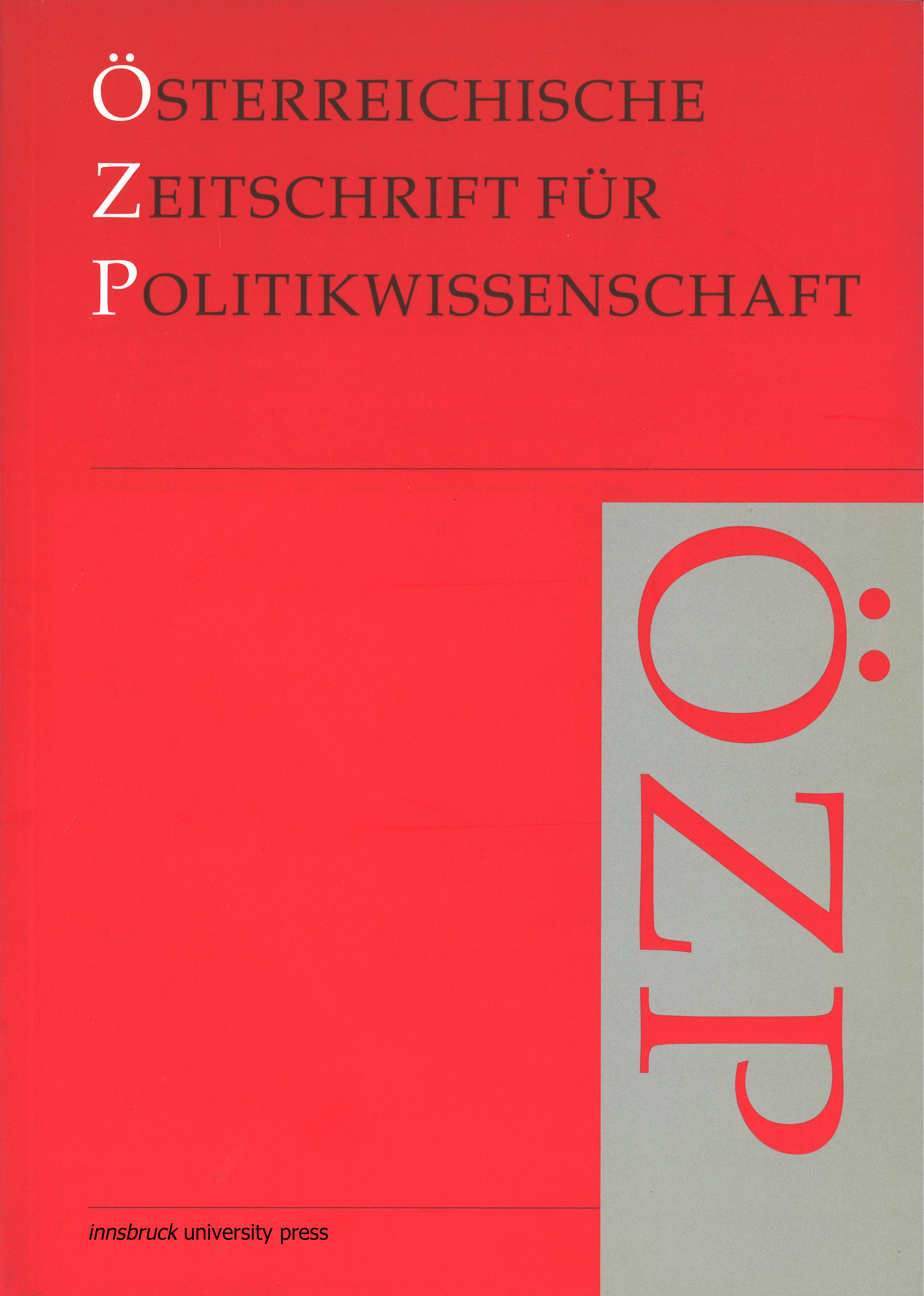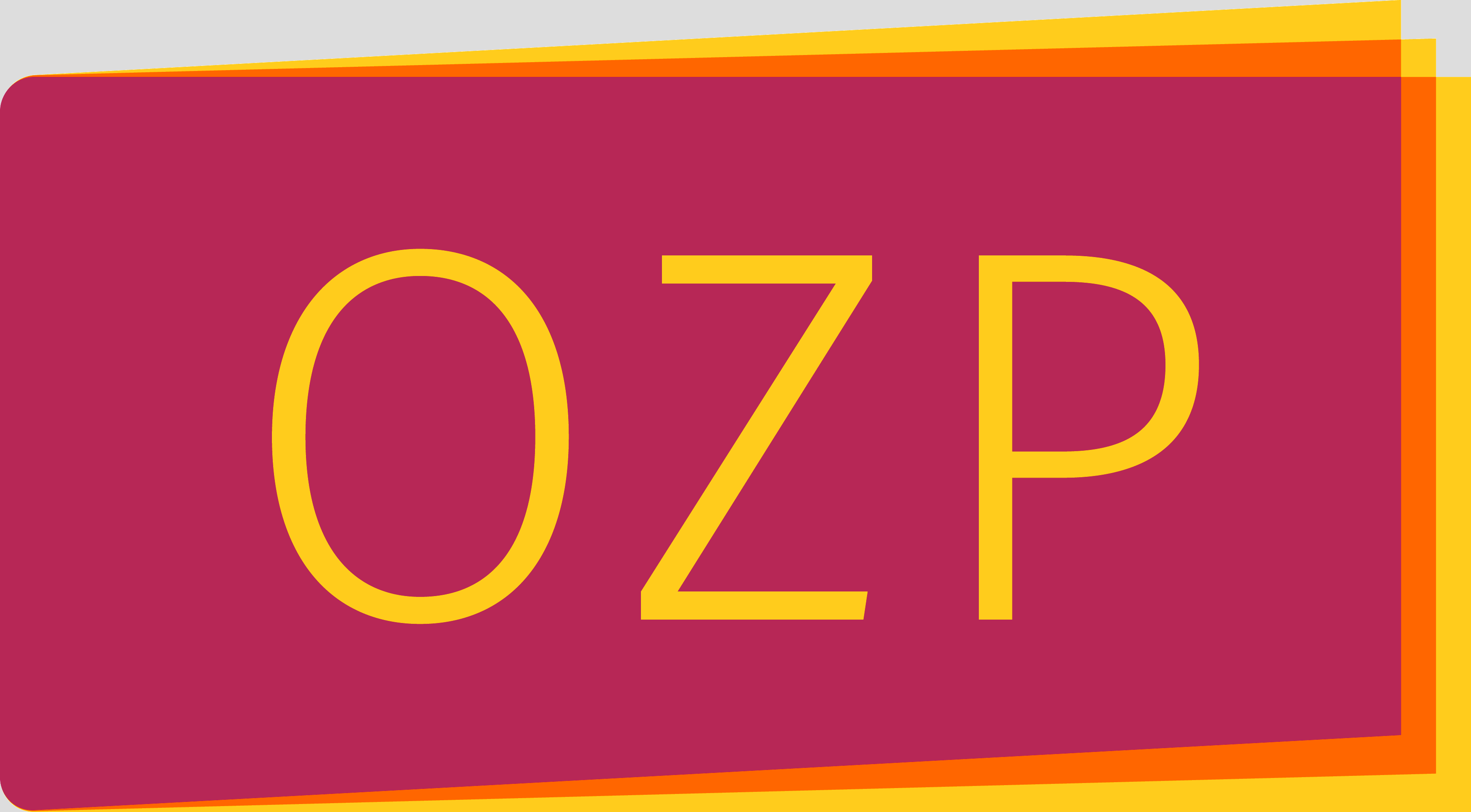Die Gewalten auf Konfrontationskurs? Eine Fallstudie über das Verhältnis von VfGH und Regierung in den Anfängen der Wende
DOI:
https://doi.org/10.15203/ozp.853.vol33iss1Schlagwörter:
Gewaltenteilung, VfGH, Minderheitenrechte, OrtstafelnAbstract
Der vorliegende Beitrag beschäftigt sich mit dem Verhältnis zwischen der österreichischen Bundesregierung und dem Verfassungsgerichtshof (VfGH). Dieser in einem demokratischen System verankerten Beziehung ist ein inhärenter Konflikt eingeschrieben, da die beiden Institutionen jeweils die Spitze von zwei Gewalten (Exekutive und Judikative) repräsentieren und ausüben. Auf Grund der notwendigen Anordnung im System der checks and balances ist diese Konfliktkonstellation für eine lebendige Demokratie elementar. Wir wollen der Frage nachgehen, ob sich eine Veränderung in diesem Verhältnis seit der ersten Koalitionsregierung zwischen ÖVP und FPÖ (ab Februar 2000) im Vergleich zu den Jahren davor konstatieren lässt, und ob sich eine Veränderung in der Demokratiequalität feststellen lässt. Die mediale Aufregung rund um die Kärntner Ortstafeln, ausgelöst durch polemische Äußerungen von Jörg Haider, lassen dies auf den ersten Blick vermuten. Wir kommen zum Schluss, dass die institutionelle Verankerung des VfGH als stabil zu qualifizieren ist. Die permanenten Angriffe durch die FPÖ auf verschiedene Teile des Justizwesens und ihre oftmals schweigende Duldung durch die ÖVP sind jedoch als bedenklich einzustufen, da sie eine diskursive Praxis darstellen, die das Verständnis vom Wesen der Demokratie verschlechtert und damit mittelfristig ihr Funktionieren beeinträchtigen kann.Downloads
Ausgabe
Rubrik
Lizenz
The OZP is the authorized publication of the Österreichische Gesellschaft für Politikwissenschaft (ÖGPW, Austrian Political Science Association)
The author of an article (in case of multiple authors: the corresponding author, responsible for releasing this material on behalf of any and all co-authors) accepted to be published in the OZP hereby acknowledges the following Copyright Notice:
- The author retains the copyright to the article.
- It is the responsibility of the author, not of the OZP, to obtain permission to use any previously published and/or copyrighted material.
- Publication of a submitted text is dependent on positive results from the peer reviewing. In such a case, the OZP editors have the right to publish the text.
- In case of publication, the article will be assigned a DOI (digital object identifier) number.
- The author agrees to abide by an open access Creative Commons Attribution (CC BY-SA) license. The license permits any user to download, print out, extract, reuse, archive, and distribute the article under the same license, as long as appropriate credit is given to the author and source.
- The license ensures that the author’s article will be available as widely as possible and that the article can be included in any scientific archive. In order to facilitate distribution, the author agrees that the article, once published, will be submitted to various abstracting, indexing and archiving services as selected by the OZP.
- In addition, the author is encouraged to self-archive the article, once published, with reference to the place of the first publication.
- After the contribution appears in the OZP, it is still possible to publish it elsewhere with reference to the place of the first publication.
- The finished article, if published, will include a correspondence address (both postal and email) of the author.
- If written under the auspices of a grant from one or more funding agencies, such as FWF (Austrian Science Fund), ERC (European Research Council), and Horizon 2020 (EU Framework Programme), an article accepted for publication has to be deposited in an Open Access archive. The OZP’s archiving policy is compliant with these provisions. (In case the article derives on funding from a different source, the author is responsible to check compliance of provisions.)




